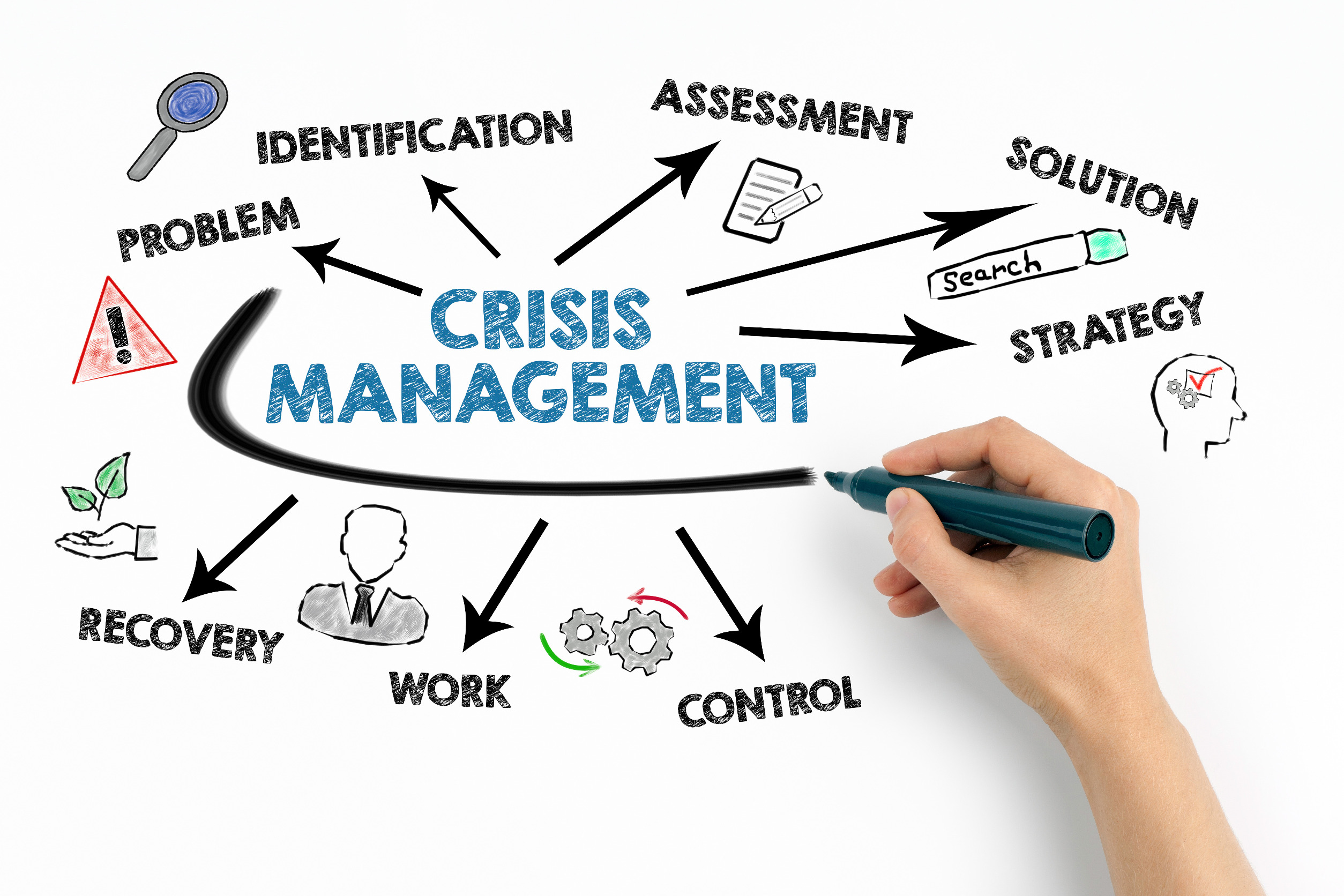Part Two: The Business Imperative
“The development of leadership effectiveness, must, at a minimum, keep pace with the rate of change and the rate of escalating complexity.” -Anderson & Adams, Mastering Leadership
Have you ever felt like you were in over your head at work (or in your life in general)? It can be a lonely feeling, but research shows that you are, without a shadow of a doubt, not alone. It’s one thing to deal with bouts of overwhelm as you rise in the ranks at work. It’s another thing altogether to feel a daily sense of helplessness as you try to tackle the complexity inherent in your position.
When it comes to large organizations, complexity is everywhere, and its impact is significant. Eighty percent of the leaders in IBM’s Global CEO Study Series named complexity as the single biggest issue they face in their business. The impact goes beyond overwhelm: The Global Simplicity Index, published by Henley Business School, reports that $237 billion, or 10.2 percent of EBIT, in profits are lost annually by the top 200 companies in the Fortune Global 500 due to complexity.
Another expensive thief of productivity is stress and burnout. In Dying for a Paycheck, Stanford professor Jeffrey Pfeffer cites that although Americans are working longer hours, this trend is actually resulting in less productivity. A study used in Pfeffer’s book found that a ten-percent increase in overtime results in a 2.4-percent decrease in productivity. Imagine doubling up your hours to experience less productivity. Sounds like a recipe for stress and burnout. Pfeffer also points to the significant financial cost of stress in the workplace. According to Pfeffer, “Workplace environments in the United States…account for about $180 billion additional healthcare expenditures, approximately eight percent of the total healthcare spending.”
Unfortunately for the business world, stress and complexity go hand-in-hand. When we’re in over our heads, we feel stress. The impact of complexity on business cannot be overstated. There are implications for leadership too. Development expert Patrick Forth says that leaders tend to make decisions based on experience. But experience is no longer a reliable guide when challenges are new, unpredictable, and filled with unknown unknowns. As a result, organizations need to rethink the way leaders are developed. Nick Petrie at the Center for Creative Leadership puts a fine point on it: “Most leaders already know what they should be doing. What they lack is the personal development to do so.”
But, as you read in Part 1: The Complexity Crisis, the challenge and the opportunity are one and the same. The best method we have for leveraging the complexity crisis is vertical development.
What is Vertical Development?
The best way to think about vertical development is to look at the example of your smartphone, as offered by Bob Anderson and Bill Adams in their book Mastering Leadership. You can add apps to your phone all day long. You can turn it into a calculator, deposit a check, track your calories and play Candy Crush. If you overload your phone with apps, eventually it’s going to quit on you, at which point you have to upgrade your operating system.
Here you have the distinction between horizontal and vertical development. Horizontal development is adding apps to an operating system so you can do more things. It is organized around the question, What do I know? Vertical development is upgrading the operating system itself, so you can do all the things on a higher level. Vertical development is deep—it occurs at the level of our internal operating system, or our consciousness. We frame vertical development around the question, How do I think?
As we grow in our leadership roles, success becomes less about our technical expertise and more about expanding our container for complexity. It’s no longer sufficient to keep adding skills and competencies to our toolkit. If we’re going to keep pace with the complexity of our roles, we have to upgrade our operating systems.
Simply put, vertical development is not about what you know. It’s about how you think, how you make meaning as you look at the world around you. Growing vertically means gaining the ability to think in more complex, strategic and interdependent ways.
Think about the last time you were really in over your head. Did you sink or swim? When we swim, it’s because we do the work to develop vertically, in addition to or rather than horizontally.
When I left my corporate employer to form my own consultancy, I experienced both horizontal and vertical development. From a horizontal perspective, I had to learn how to incorporate my business, keep the books, and market my business, among many other business-owning tasks. From a vertical perspective, my entire identity shifted from that of a corporate employee to an independent entrepreneur. Building relationships, creating business opportunities, and successfully delivering for clients took on new meaning in this different context. I needed both kinds of development in order to be successful, but the vertical development aspects were arguably harder to internalize, took longer, and had a more fundamental impact on my ability to thrive in my new circumstances.
Extend the Idea of Horizontal vs. Vertical Development
- When have you experienced horizontal development?
- When have you experienced vertical development?
- What was particularly meaningful or effective about each kind of experience?
Read Part Three: The Origins of Vertical Development to meet the pioneers of this theory and find out why our parents magically turn us into teenagers.
Learn More about the Business Imperative for Vertical Development
- Anderson, Robert J. (2018). “Mastering Leadership.” The Leadership Circle. https://2y3l3p10hb5c1lkzte2wv2ks-wpengine.netdna-ssl.com/wp-content/uploads/2018/03/Mastering_Leadership.pdf
- Anderson, Robert J. and Adams, William A. (2016). “Mastering Leadership, Part 1.” The Leadership Circle. https://www.youtube.com/watch?v=eEgen2Ky9v4
- Anderson, Robert J. and Adams, William A. (2015). “Mastering Leadership: An Integrated Framework for Breakthrough Performance and Extraordinary Business Results.,” Wiley.
https://www.amazon.com/Mastering-Leadership-Breakthrough-Performance-Extraordinary/dp/1119147190/ - Dennings, Stephanie (2018). “How Stress is the Business World’s Silent Killer.” Forbes. https://www.forbes.com/sites/stephaniedenning/2018/05/04/what-is-the-cost-of-stress-how-stress-is-the-business-worlds-silent-killer/#3e343de86e06
- IBM (2010). “Capitalizing on Complexity: Insights from the Global Chief Executive Officer Study.”, IBM Institute for Business Value., IBM, 2010
(https://www.ibm.com/downloads/cas/1VZV5X8J) - Petrie, Nick (2013). “Vertical Leadership Development, Part 1: Developing Leaders for a Complex World.” Center for Creative Leadership. https://www.ccl.org/wp-content/uploads/2015/04/VerticalLeadersPart1.pdf
- Petrie, Nick (2014). “Future Trends in Leadership Development.” Center for Creative Leadership. https://14226776-c20f-46a2-bcd6-85cefe57153f.filesusr.com/ugd/65aff7_c21044ac53664e339622c54d86d063de.pdf?index=true
- Petrie, Nick (2015). “The How-To of Vertical Leadership Development—Part 2.” Center for Creative Leadership.
https://14226776-c20f-46a2-bcd6-85cefe57153f.filesusr.com/ugd/a8b141_7243e9c83c01457eac15f6cd69073de2.pdf

























